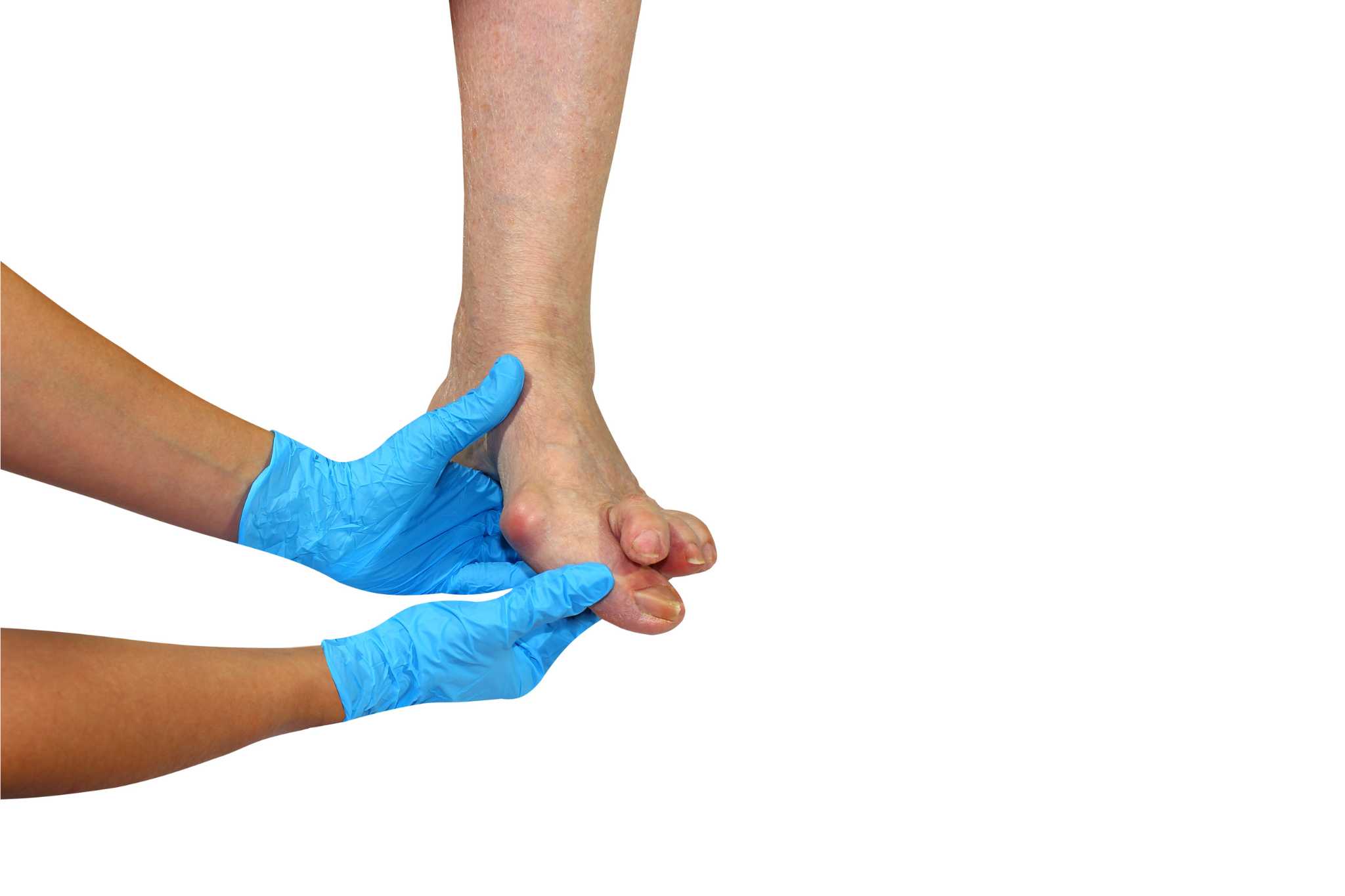What You Should Know About Bunions
While many of us are basking in the warmth of our great state, some of you may be struggling with unsightly bunions. But you don’t need to hide your feet, especially because there is definitely something you can do about your painful, frustrating bunion!
But before we give you the solution to your problem, let’s learn a little bit more about this condition – after all, understanding the problem is the first step to successfully addressing it and preventing it from happening in the future.
What are Bunions?
Simply put, a bunion is a bump on the side of your foot that’s the result of your big toe leaning toward your other toes. However, there is much more going on beneath the surface than we may be able to see through our naked eyes. Most often, they happen at the base of your big toe but can also appear on the outside of your foot at the small toe’s base.
Eventually, the big toe may press inward against the smaller toes, even overlapping as far as the third toe in some cases—a condition known as hallux valgus. With some bunions, the big toe also rotates or twists inward. (This is called hallux abducto valgus.) With some bunions, the big toe also rotates or twists inward, called hallux abducto valgus.
If you have a bunion, chances are that it has come as no surprise. It has probably been developing slowly throughout the years and gradually getting worse as you continue to ignore its presence.
This is a common mistake that many of us will make. But ignoring signs of change in our feet and ankles is a very bad idea. You shouldn’t wait until your joints become swollen and painful, or until your toe becomes stiff and hinders you from walking before seeking proper medical advice.
Instead, try avoiding things that may increase your chances of developing a bunion (we know that’s easier said than done) and stay on the lookout for any symptoms that indicate you may be developing this condition (in which case, you should come to visit us at Waco Foot & Ankle today!)
Causes and symptoms of bunions
Bunions are one of the most common foot deformities and are generally thought to be caused by genetic features, inherited traits like flat feet, overly flexible ligaments, and abnormal bone structure. The truth is, however, that many different factors may be increasing your chances of developing this annoying problem.
Other common causes include:
- Diseases: Conditions like arthritis or gout can leave the joint vulnerable to misalignment.
- Overpronation: Or any other gait abnormalities or neuromuscular problems which can affect the feet.
- Lifestyle choices: Recurring stress to the foot from activities like running can increase your risk.
- Previous injuries: Recurring trauma can gradually force misalignments in your big toe.
- Ill-fitting shoes: Tight, narrow-toed, or high-heeled footwear should always be avoided.
In fact, wearing proper footwear is one of the best ways to prevent bunions from progressing. A lot of us—women especially—tend to cram our feet in uncomfortable shoes, like dress shoes and heels, on a daily basis. This certainly explains why women are more likely to experience bunion symptoms compared to men.
So, if you are a woman that enjoys strutting high heels often, then you are likely to have experienced at least a couple of the most common bunions symptoms, which include:
- Pain or soreness
- Inflammation and redness
- Burning sensation
- Numbing sensation
- Calluses on the big toe
- Sores between the toes
- Restricted motion of the toe
As already mentioned, bunions are progressive, and they will not go away when left untreated. In fact, bunions often tend to get worse over time. But with a little luck (AND early treatment), conservative treatment methods may be just what you need to get back to living a pain-free life.
At-Home Treatments for Bunions
Although rooted in genetics, there are some things that you can do to treat a bunion at home and slow down its progression.
These include:
- Apply ice to the area.
- Rest your foot and avoid motions that apply pressure to the affected joint.
- Wear loose-fitting, non-constricting footwear that does not put pressure on the bunion.
- Take over-the-counter anti-inflammatory medication as directed.
- Stretch the area with specific exercises to keep the joint mobile.
Though the steps above are great for preventing bunions from progressing or becoming painful, you should seek medical advice and treatment as soon as you suspect that something may be wrong. Maybe you are feeling a slight pain, or maybe you just started noticing some changes in your foot. What you need now is an expert diagnosis and solution.
In-Office Treatments for Bunions
The treatments that we provide for bunion-related conditions are as follows:
Non-Surgical Treatments
- Orthotics to provide stability and correct positioning.
- Splinting the area during sleep to encourage proper joint alignment.
- Cortisone injections to reduce joint inflammation.
- Removal of corns or calluses.
Keep in mind that when bunions are left untreated, they can lead to toe deformities, like hammertoes, arthritis, and bursitis. In severe cases, surgery may even be needed to correct the issue and provide long-term relief.
Surgical Treatment
When needed, surgery can be used to correct the issue and provide long-term relief. If you want to avoid going through surgery in the future—or if you are already at that stage—don’t delay medical treatment!
When to See a Podiatrist for Bunion Treatment
Although there are steps that you can take to help your bunion yourself, as soon as you suspect something is wrong with your foot you should seek medical advice and treatment. This helps you to handle the bunion before it gets too serious, minimize your pain and discomfort, and avoid surgery.
Let Us Help You Today!
At our Waco Foot & Ankle office, you can rest assured that you are in good hands. Whether all you need is custom orthotics or your best option is surgery, we are equipped with the best tools and knowledge available to get you back on your feet as soon and as safely as possible.
To schedule an appointment, call us at (254) 776-6995, or simply fill out our online request form. Stop delaying, get your bunions checked out!


